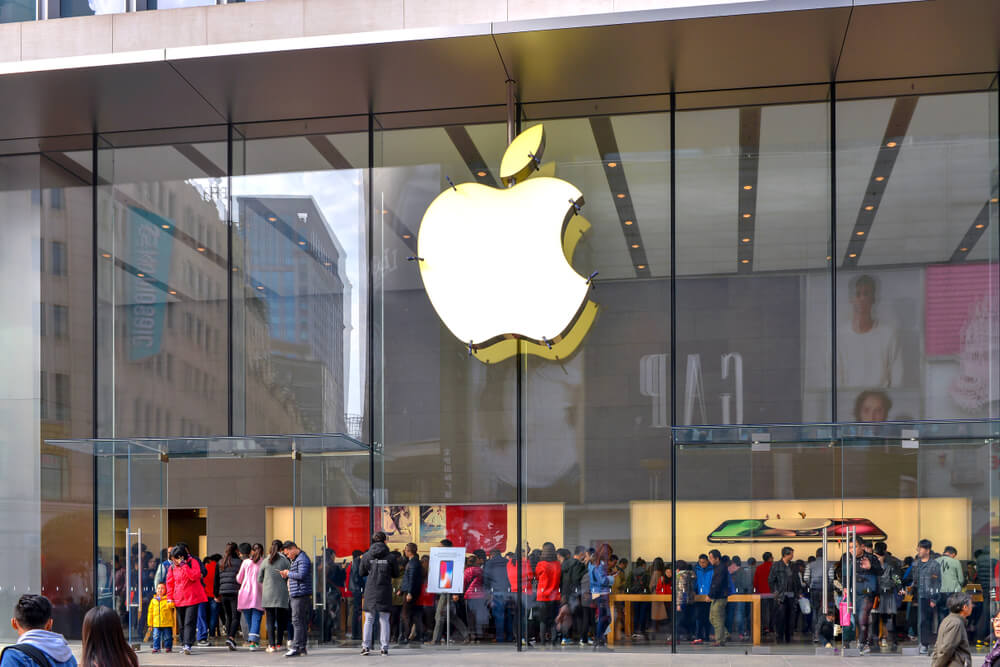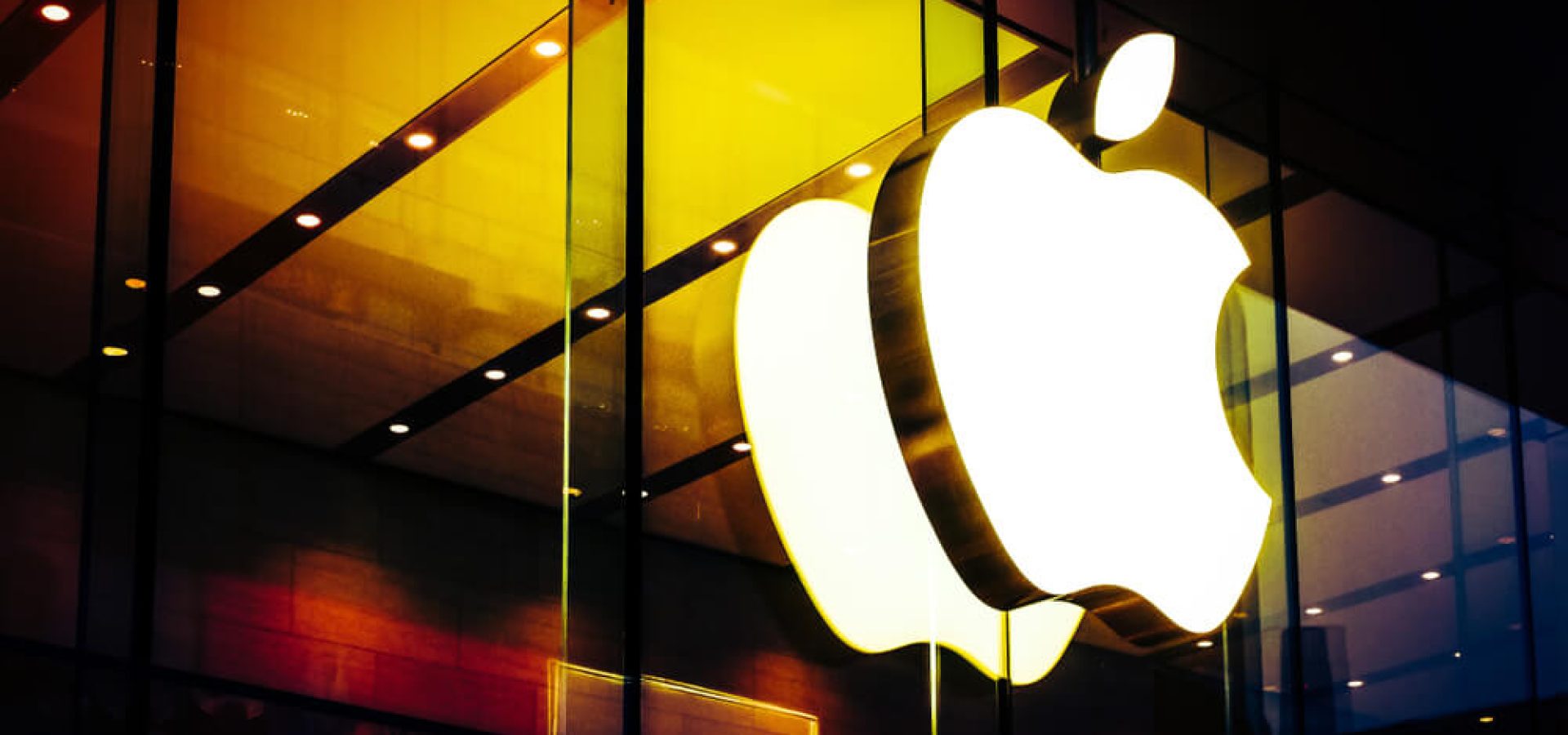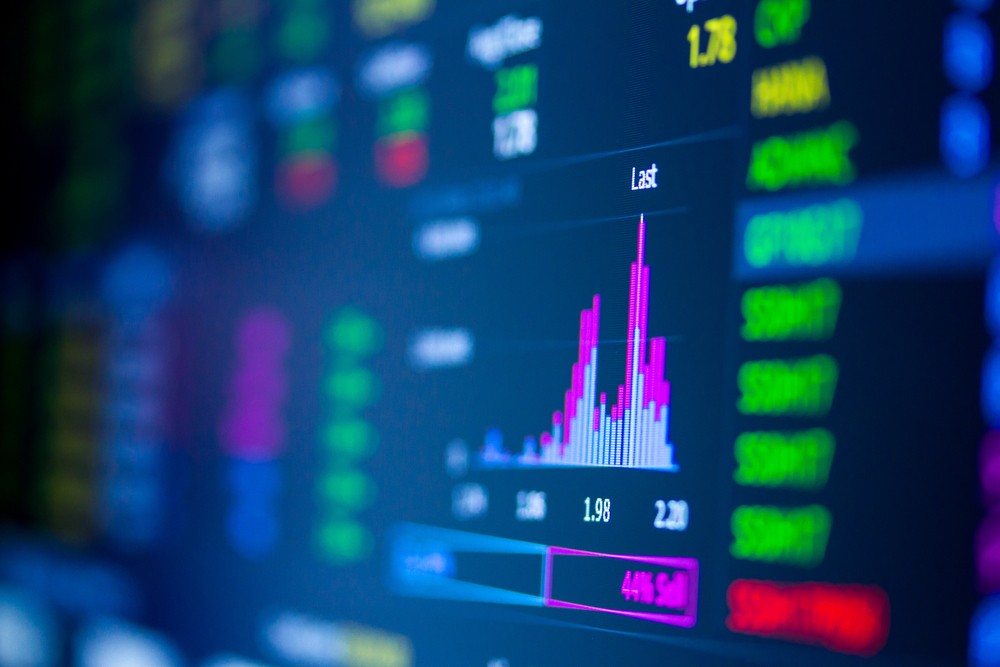Apple touted the findings of a new study from the economic consulting firm Analysis Group. The new study says the App Store was responsible for $519 billion in estimated total billings and sales. That is of both physical products and services and digital goods in 2019.
Of that amount, Apple says just $61 billion constitutes digital items the company may receive a 30 percent cut of. That is 15 percent in the case of longer-lasting subscriptions. Also, that includes the biggest category which is mobile games, in-app purchases, some subscriptions, and unit sales of paid apps.
The study says this figure is not the same as total App Store billings. Analysis Group says it counts some items including streaming video subscriptions. Or those that may be purchased elsewhere but involve consumption of the media on an iOS device. It also counts enterprise app services that are typically purchased by a large company for employee use.
In-app advertising which is also largely dedicated to mobile gaming makes up another $45 billion. Of all else from ride-hailing software to food delivery apps to mobile retail shops from Best Buy and Target. All make up the remaining $413 billion and Apple takes no cut, the study says.
These numbers are generally in line with what we know about the company’s fast-growing services business. It is also in line with how much it makes on a weekly and monthly basis from the App Store. It is helpful to see a concrete breakdown of this granularity.
Why are these numbers important to Apple?

These numbers are particularly important as the company wants not just developers but also regulators. The App Store is a sprawling economy that is, in Apple’s words, “dynamic, competitive, and flourishing.”
It is one of the many large tech companies now under a closer regulatory microscope in Washington. This is because tech-focused task forces within the Department of Justice and Federal Trade Commission are taking a closer look.
They’re looking at whether Amazon, Apple, Facebook, Google, and Microsoft have too much power and wield it in anti-competitive ways.
In particular, Apple has faced criticism over the years for its mandatory 30 percent cut. It has been earning the ire of companies that run competing services, like Spotify. There are accusations and at least one lawsuit from developers who say it runs the App Store like a monopoly.
In the case of its long-running feud with Spotify, the European Union is now investigating Apple. That is after its music streaming rival filed a formal antitrust complaint.
The added pressure appears to have led to some consumer-friendly new features, including Siri support for Spotify. Much of the talk around Apple’s relationship with developers these days centers on whether it’s become a benevolent dictator. Like it risks overstepping its bounds or, as the iPhone maker sees it, a mutual benefactor in a symbiotic ecosystem.
There are some fascinating figures in the report, which breaks out app categories by revenue, regulation aside. The study reveals that travel apps like Expedia and airline mobile apps have generated $57 billion in bookings and sales. This was while ride-hailing apps and food delivery generate $40 billion and $31 billion, respectively.
Apple’s Biggest Revenue Generators
Its biggest revenue generators, as the study calculates them, is the retail industry’s mobile counterparts. This includes the mobile apps of big chains like Walmart and Target.
The study found that sales from physical goods and services accounted for the largest share, at $413 billion. That was of the $519 billion the App Store ecosystem supported in 2019.
Within that category, m-commerce apps generated the vast majority of sales with retail being the largest at $268 billion. Retail apps include ones that digitally represent brick-and-mortar stores such as Target and Best Buy.
It as well includes virtual marketplaces that sell physical goods, such as Etsy. But they do not include grocery delivery, which is its own category.
Other types of m-commerce apps were large sources of sales from physical goods and services. Travel apps like Expedia and United accounted for $57 billion.
Ride-hailing apps like Uber and Lyft, comprised $40 billion in sales, and food delivery apps. DoorDash and Grubhub made up $31 billion.









COMMENTS